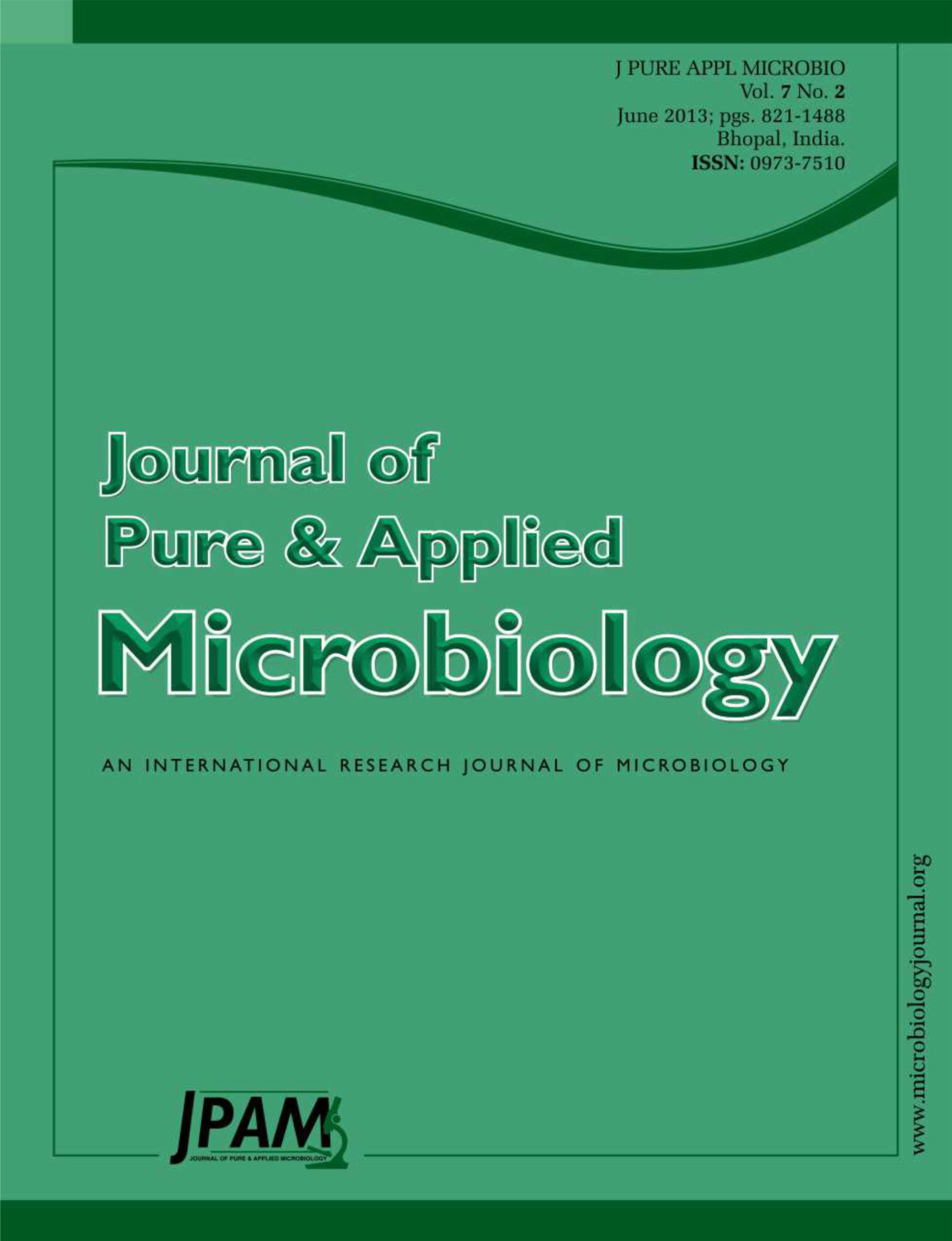In this paper, composition and harm of oily sewage are analyzed, it was concluded that the research and application of oily wastewater biological treatment technology is of great significance. Based on the analysis of state and characteristics of oil pollutants in oily wastewater, in oily wastewater biological treatment technology, mainly microbe is used for the elimination of water surface oil and decomposition of petroleum hydrocarbons which are dissolved in water. The key points for biological treatment technology are selection of microbe for degradation oil pollutants, assessment of microbe’s degrading ability, as well as determination of factors affecting efficiency of oil pollutants in degraded water. At present, commonly used oily sewage biological treatment technologies include activated sludge method, bio-film method, land treatment method and genetic engineering modification method, the author listed newest application of various new technologies, and analyzed on research trend and application prospect of the oily sewage biological treatment technology. Finally, the development of oily wastewater biological treatment technology and the trend of its applied research were summarized.
Oily sewage, Biological treatment technology, Development, Application
© The Author(s) 2014. Open Access. This article is distributed under the terms of the Creative Commons Attribution 4.0 International License which permits unrestricted use, sharing, distribution, and reproduction in any medium, provided you give appropriate credit to the original author(s) and the source, provide a link to the Creative Commons license, and indicate if changes were made.


